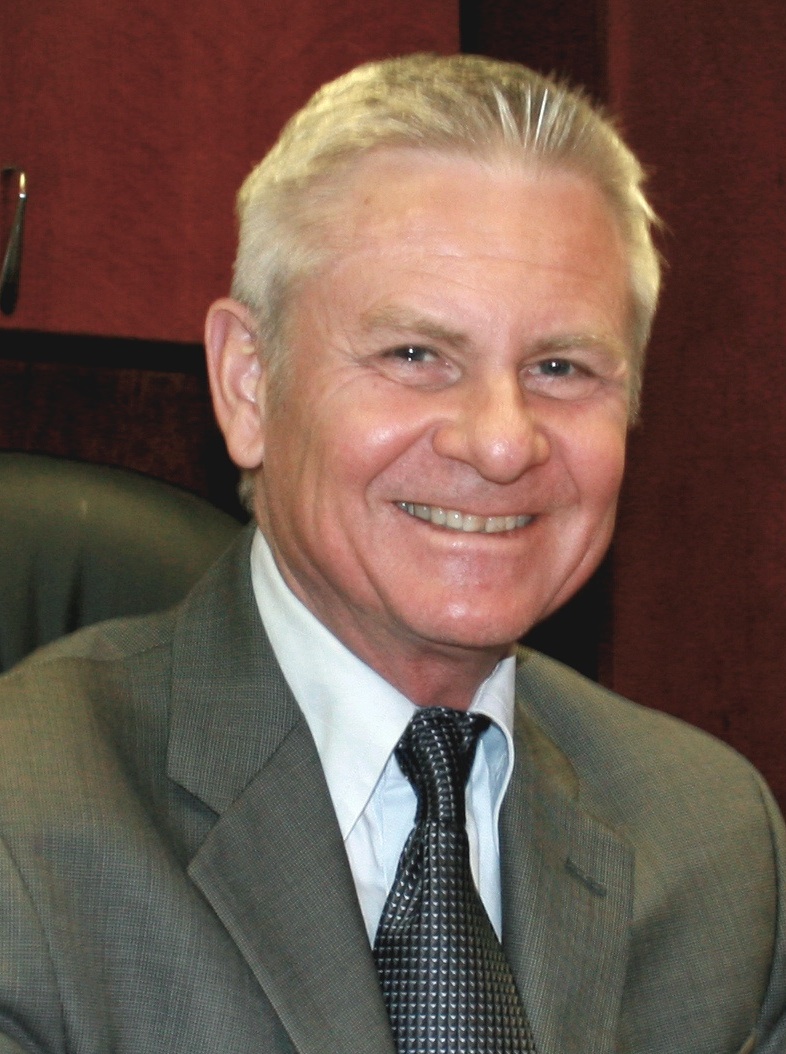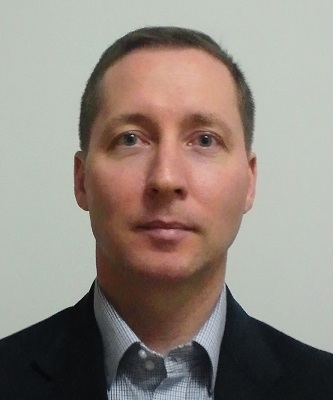基調講演
 Dr. David Nunan
Dr. David Nunan
Senior Professor at Anaheim University
Language Learning beyond the Classroom

Abstract:
The two contexts for language learning and use are inside the classroom and outside the classroom. Until comparatively recently, the classroom world was where language was learned, and the world beyond the classroom was where language was used. This bifurcation between language learning and use began to break down with the advent of communicative language teaching which brought with it experiential learning and the notion that one could actually acquire a language by using it productively and communicatively inside the classroom.
However, until relatively recently, opportunities for activating classroom learning in the world outside the classroom were limited in many parts of the world. All that has changed with technology, particularly the Internet, which provides learners with access to an astonishing variety of authentic and output. The proliferation of social networking sites provide learners with opportunities to communicate in speech and writing with other users of their chosen target language around the globe.
In this presentation, I will argue that learning through using language in authentic as well as pedagogically structured contexts outside the classroom can significantly enhance the language learning process. Practical illustrations and examples in the form of case studies will be presented to illustrate the rich variety of opportunities that exist for language learning and use outside the classroom.
Bio:
David Nunan is Emeritus Professor of Applied Linguistics at the University of Hong Kong, and President Emeritus of Anaheim University in California. He is a former President of TESOL International and is currently on the Executive Committee of The International Research Foundation for Language Education. His research interests include language curriculum development, research methods, teacher education, discourse analysis, and technology in language teaching and learning. He has published over 100 scholarly books and article in these areas. He is also the author of a number of ELT textbooks sales of which exceed four billion copies.
Recent publications:
Books:
・What is this thing called language? 2nd edition. London: Palgrave Macmillan. 2013
・Learner-Centered English Language Education: The Selected Works of David Nunan.World Library of Educationalists. New York: Routledge, 2013
・(ed.) with Jack C. Richards Language Learning Beyond the Classroom. New York: Routledge. 2015
・Teaching English to Speakers of Other Languages: An Introduction. New York: Routledge. 2015
Articles:
・Innovation in the young learner classroom. In K. Hyland and L. Wong (eds.) Innovation and Change in English Language Education. New York: Routledge. 2012.
・Task-based teaching and learning. In M. Celce-Murcia, D. Brinton, and M.A.Snow (eds.) Teaching English as a Second or Foreign Language. 4th edition. Boston:
National Geographic / Cenge Learning. 2014.
・(with J. Choi) Heteroglossic becomings: listening to and learning from our multiple voices. In B. Geraghty and J. Connacher (eds.) Intercultural Contact, Language
Learning and Migration. London: Bloomsbury. 2014. 171 – 187.

Dr. Glenn Stockwell
Professor at Waseda University
Technology and the Changing Face of English Language Teaching

Abstract:
The range of technologies available to language teachers and learners has increased dramatically over the past several years, providing both with a diversity of options that can be both exciting and challenging. As new technologies appear, they bring with them possibilities regarding what can be achieved both inside and outside of the classroom, but it is often difficult to keep up with the range of technologies that become available. In addition, the very environments in which language teachers find themselves in are also constantly evolving, with expectations of administration and learners changing rapidly. These changes have resulted in a paradigm shift in the role of technologies that that potentially rewrites the way in which teaching and learning take place. Some of the challenges associated with this paradigm shift will be discussed, and some suggestions regarding keeping up with these trends will be provided. The presentation will conclude with a discussion of six basic principles that may be of use to language teachers in keeping an eye on the larger language teaching and learning environment and assist them in taking a step back and making choices that are most appropriate to their own individual contexts in the midst of this change.
Bio:
Glenn Stockwell (Ph.D., University of Queensland) is Professor at Waseda University, Tokyo, Japan. His research interests include designing language learning environments through technology, motivation in language teaching and learning, mobile learning, and the development of learner autonomy. He is the author of two books in the field of Computer Assisted Language Learning, and has published numerous book chapters and articles in the field of CALL. He is Editor-in-Chief of The JALT CALL Journal, Associate Editor of Computer Assisted Language Learning and Language Learning & Technology, and is on the editorial boards of ReCALL, System and the CALICO Journal.
Recent publications:
・Stockwell. G. (2016, forthcoming). Mobile language learning. In F. Farr & L. Murray (Eds.), Routledge Handbook of Technology in Second Language Learning. New York: Taylor & Francis.
・Stockwell, G. (2013). Technology and motivation in English language teaching and learning. In E. Ushioda (Ed.), International Perspectives in Motivation: Language Learning and Professional Challenges (pp. 156-175). Basingstoke: Palgrave Macmillan.
・Stockwell, G. (Ed.). (2012). Computer Assisted Language Learning: Diversity in Research & Practice. Cambridge: Cambridge University Press.
